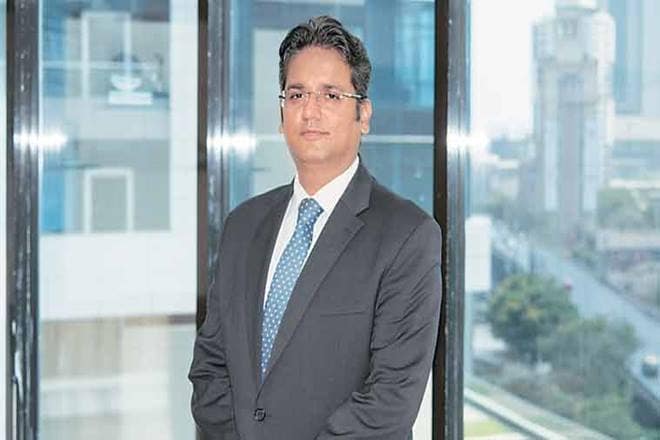While the share of unsecured loans in the system is growing swiftly, the low ticket sizes and inputs from credit bureaus make sure risks are limited, Arvind Kapil, group head – unsecured loans, home, and mortgage loans, HDFC Bank, tells Shritama Bose. Mortgage growth for the industry should be around 18-20% in the year ahead, says Kapil. Excerpts:
Around 30% of retail loans in the system as well as at your own bank are now unsecured. What is driving this growth in unsecured loans and do you see any risks in this space?
If you see the unsecured business, what has happened is that 10 years ago, there were no (credit) bureaus. At that time, I would have treated unsecured as far riskier than what it is today. I think the bureau fraternity has caused a substantial amount of understanding on loan repayment, even if it is unsecured. The second thing we must all take cognisance of is that unsecured loans have a smaller ticket size. It is around `3 lakh. If you look at LAP (loan against property), working-capital loans, even the smaller ticket sizes there will be in the range of `60 lakh. Another important thing to remember for unsecured is that a bulk of it is being done for the salaried segment. As a bank, we make sure that our processes and risk management are such that we ensure a correct assessment of the customer. So is there a risk to the industry? I would not say there is a risk to the industry right now. Unsecured is becoming a working-capital loan for the salaried.
How are you keeping a grip on the asset quality in this space?
We have strong back-end processes to keep track at the point of origination, where your targets are tied to quality assets. Starting from there, there is constant monitoring in terms of delinquencies, constantly mapping it to bureaus to understand what customer profile we are lending to. A lot of analytics is helping. It is adding a lot of value to the risk manager.
While ticket sizes in unsecured are smaller, they seem to have increased quite a bit in the last few years.
Yes, you can say that, but it’s very granular. I don’t think there’s any risk there. The size is increasing because the number of people getting loans are growing. But, the amount per customer per loan is not very high.
Are a large number of your unsecured customers coming through the bank’s liability franchise?
Almost 50% are coming through that route. We have an equal focus on the open market, to be fair.
What kind of growth are you looking at on the unsecured side?
I am looking at 25-30% growth per annum and I see that happening.
Where are these customers going to come from, given you already have a pretty high base?
As a bank, our footprint is strong on the corporate salary piece. You have the corporate jobs growing at a certain rate, you have the awareness levels in tier-3 and tier-4 cities going up, you have government employees. Our footprint is strong on the semi-urban and rural side. We have a huge liability base in the top 10 cities. We have got a gamut of touch-points which become our distribution. Of course, we are also a dominant player on the open market side.
Beyond the top cities, are most customers coming through the branches or the digital channel?
The digital channel would account for 25% of our unsecured loans.
By the end of March, the share of mortgages in HDFC Bank’s overall portfolio dropped on a year-on-year basis. Why was that?
We probably haven’t bought from HDFC (Housing Development Finance Corporation) the portfolio we buy, which is why there has been a drop. It is not that acquisition has gone down. There was some GST (Goods and Services Tax) issue, which has been sorted out.
What would your forecast for mortgage growth be?
It will mirror the industry. There are all early signs of green shoots in the economy, showing that it should go up. So if capital investment goes up, then homes should see an upward trend. Growth should be around 18-20% for the industry.


